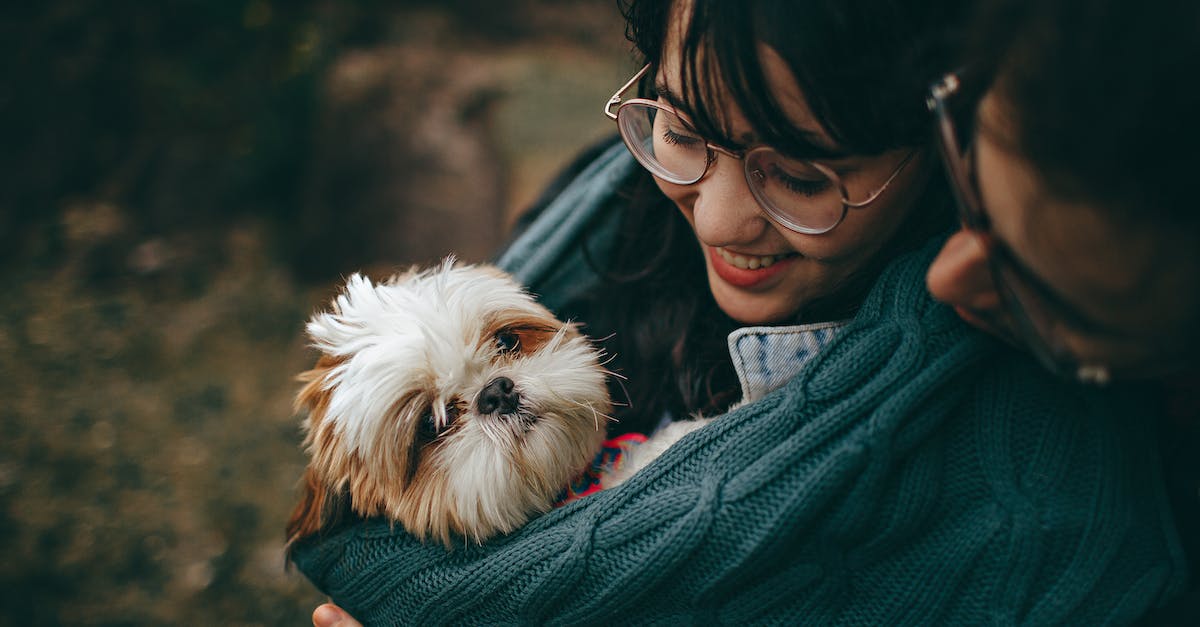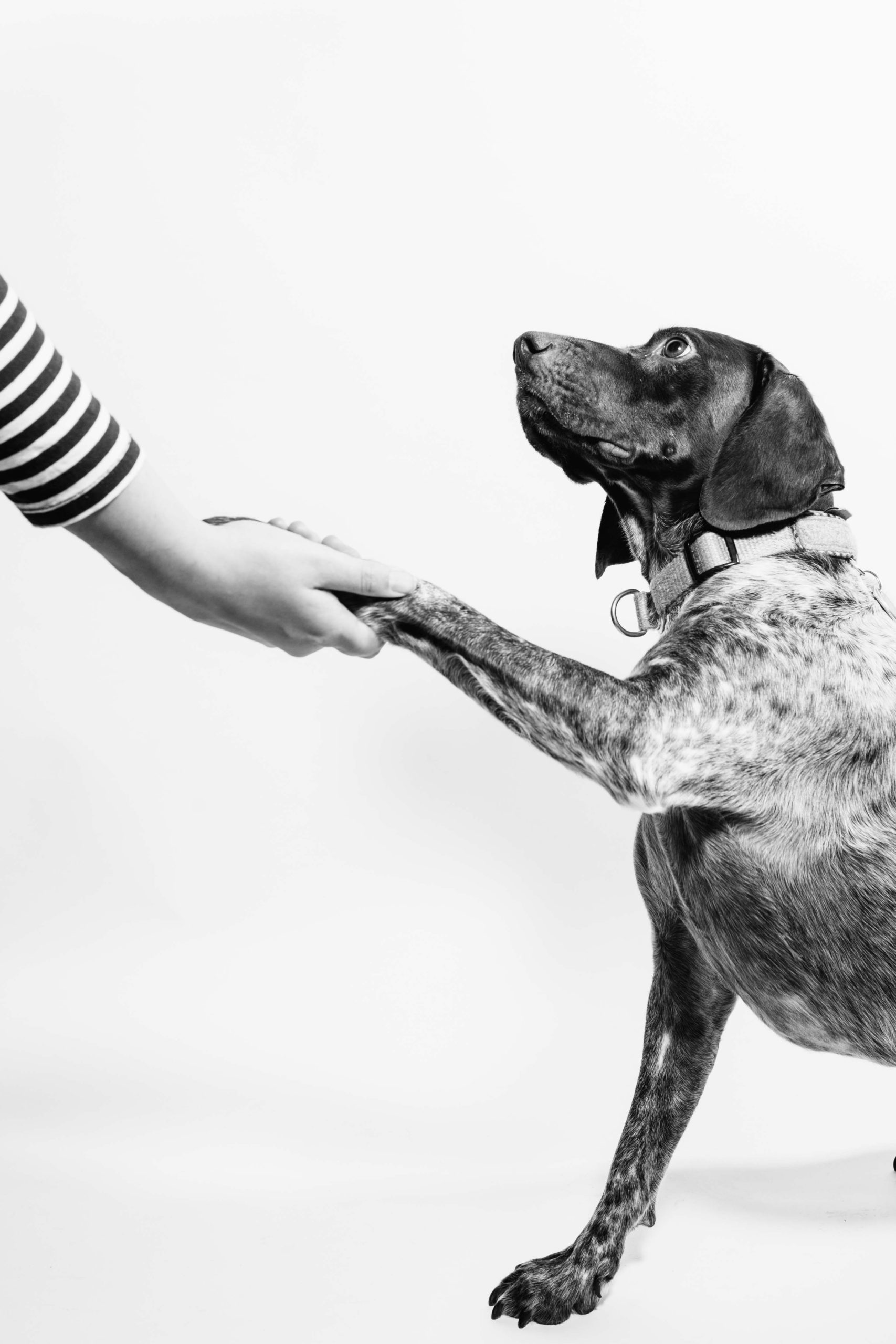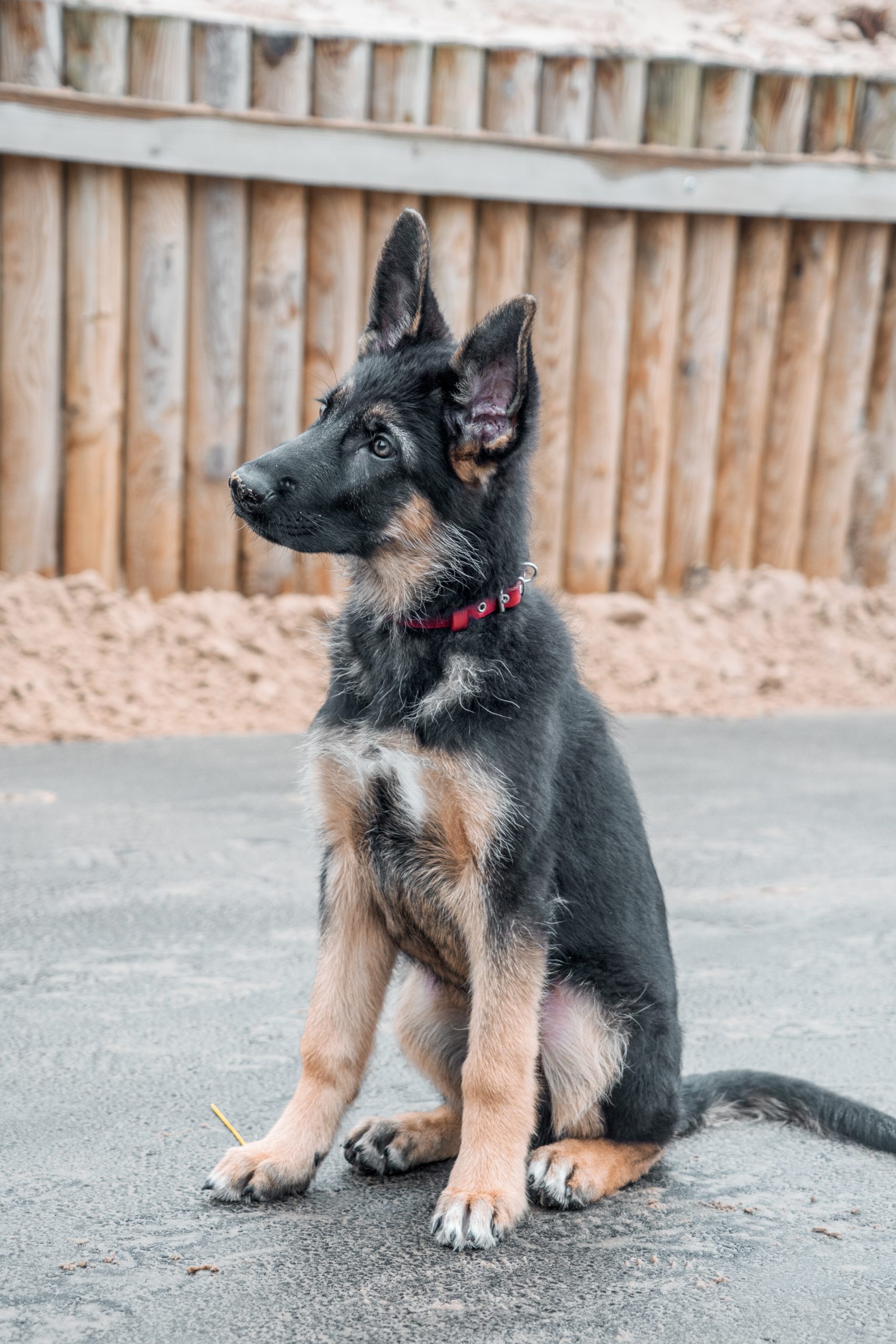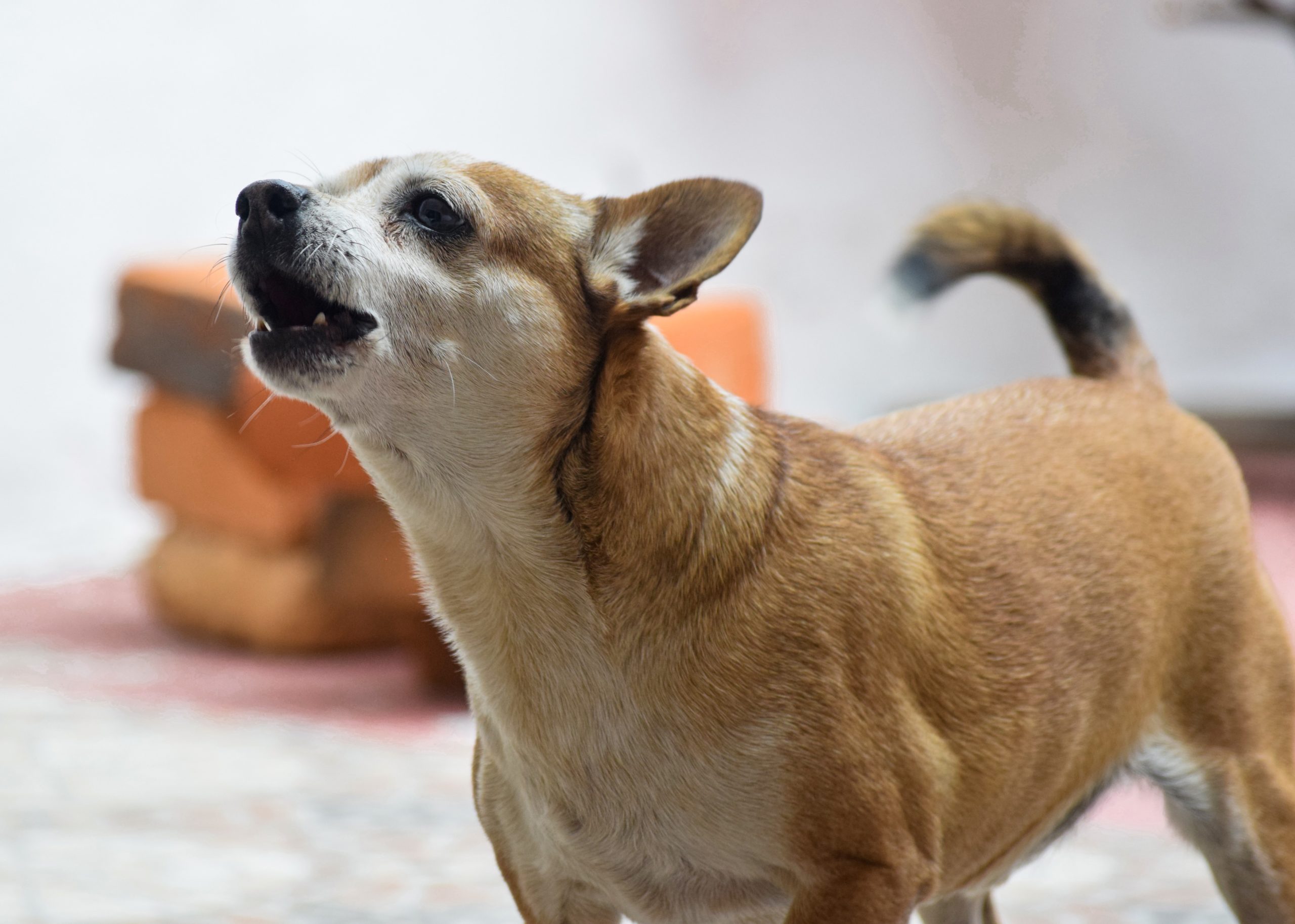Bringing home a new puppy is an exciting and rewarding experience, but it can also be overwhelming. As a responsible dog owner, you want to provide your furry friend with the best care possible. However, caring for a young and energetic puppy can be challenging, especially if you are new to pet ownership.
In this article, we will guide you through all the essential aspects of puppy care, including nutrition, exercise, grooming, socialization, crate training, and housebreaking. We will provide you with practical tips and expert advice to help you raise a happy and healthy puppy.
By the end of this article, you can expect to have a better understanding of what it takes to care for your new furry friend and feel confident in your ability to give them the love and attention they deserve.
Preparing Your Home for a Puppy
Bringing a new puppy home is exciting, but it’s important to prepare your living space to keep your new furry friend safe and happy. Before you bring your puppy home, make sure you have the essentials such as food and water bowls, bedding, toys, and a crate. Here are some tips on how to get started.
Puppy-Proofing Your Home
Puppies are curious creatures and can quickly get into trouble if they are left unsupervised in an unsecured area.
Start by puppy-proofing your home to prevent any accidents or damage. This includes storing household cleaners, medications, and plants out of reach; securing loose electrical cords; covering up exposed wires; keeping small items such as buttons, coins, or jewelry off the floor; closing all doors leading outside or other rooms where you don’t want your dog going in unless supervised.
Another consideration is the type of flooring in your home. If you have rugs or carpeted areas that could be easily soiled by accidents during potty training time invest in some cleaning supplies made specifically for pet messes.
Creating a Safe Space for Your Pup
Dogs love having their own space where they can retreat when they feel scared or overwhelmed. Set up a cozy spot for your pup with a comfortable bed or dog crate lined with soft blankets and toys that he can chew on while resting.
Make sure this space is not too far from where you spend most of your time so he does not feel isolated. It’s also best advised to keep them separated from other pets until both parties become familiar with each other’s scent which will help prevent any potential fights over territorial matters.
The Importance of Socializing Your Pup
Socialization is an essential part of raising a well-adjusted dog. This starts with exposing them to new people, animals, and environments. Make sure your puppy has plenty of opportunities to meet other dogs and people at a young age.
This can be done through puppy playdates, trips to the park, or obedience classes. Socialization will help your pup feel comfortable and confident in different situations throughout their life. By following these tips for preparing your home for a puppy, you can ensure that your new furry friend has a safe and happy place to call home.
Creating a Puppy-Friendly Routine
A routine is important for puppies as it helps them feel secure and develop good behaviors. Creating a daily schedule for your puppy will help them adjust to their new home and become more comfortable with their surroundings.
Meal times
Make sure your puppy has scheduled meal times, usually 3-4 times a day. Feeding should be done at specific times so that you can monitor how much they are eating and when they need to go outside. Be sure to offer water frequently throughout the day, but avoid leaving water out overnight to prevent accidents.
When feeding, avoid overfeeding your puppy as it can lead to obesity and other health problems later on. Follow feeding guidelines based on your puppy’s weight and adjust accordingly if necessary.
After each meal, take your puppy outside for a bathroom break. Praise them when they go in the designated area to reinforce proper behavior.
Playtime and Exercise
Puppies have lots of energy so it’s important to provide playtime and exercise regularly in their routine. Set aside specific times during the day for playtime, walks or even just running around in the yard.
You can also use puzzle toys or chew toys that will keep them entertained while promoting healthy habits such as chewing on appropriate items instead of furniture or shoes.
A tired puppy is a happy puppy, so making exercise part of their daily routine will promote better sleep patterns and calmness when indoors.
Sleep Time
Puppies need plenty of sleep so make sure you establish a sleeping area that is comfortable for them. You can use a crate with soft bedding inside or designate an area in the house where they will feel safe enough to sleep.
Make sure the area is quiet and free from distractions. Puppies may need to go outside during the night so be prepared to take them out for a quick bathroom break if necessary.
Remember that puppies thrive on routine, and establishing a good one will help them feel secure and happy in their new home.
Feeding your Puppy
Choosing the right food for your puppy
Choosing the right food for your puppy can be overwhelming, but it’s important to make the right decision since their nutrition is essential for their growth and development. Puppies require a diet that is high in protein, fat, and calories to support their rapid growth, energy needs, and mental development. Look for premium quality dog food that lists an animal-based protein source as its first ingredient.
Avoid foods that contain grain fillers, artificial preservatives or colors, and meat by-products since they do not offer adequate nutritional value. Dog food formulas designed specifically for puppies are balanced with all the nutrients they need. Consult with your vet if you have any questions about choosing the right food to match your puppy’s specific needs.
Tip: Be sure to provide fresh water at all times in a clean bowl or dish. Puppies drink more water than adult dogs because of their high energy requirements.
How often should you feed your puppy?
Puppies need frequent feeding sessions due to their fast metabolism and small stomachs. Young puppies should eat between three and four meals per day until they are old enough to switch to two meals per day around six months of age.
Stick with scheduled feeding times regularly spaced throughout the day and avoid free-feeding practices where food is always available in a bowl or dish.
Your vet can provide guidance on how much you should feed your puppy based on its breed size, weight, age, activity level, and health condition. Generally speaking, small breeds may require more frequent feeding than larger breeds due to their higher metabolism rates.
Tip: Make sure each mealtime is calm and quiet without distractions such as TV or loud music so that your puppy can focus on eating.
Puppy treats and snacks
Treats are a great way to reward your puppy for good behavior or to use them as training aids. When selecting treats, always pick those that have nutritional benefits and avoid those with excessive sugar, salt, or fat content. Treats should not constitute more than 10% of your puppy’s daily caloric intake.
It’s a good idea to choose the same brand of a treat as the food you feed your puppy since it will be consistent with their diet. Remember to factor in treat calories into their daily caloric intake so they don’t end up gaining weight from overfeeding.
Tip: Try providing healthy snack options like fresh fruits or vegetables such as apple slices, baby carrots, green beans, or blueberries in moderation as these can also make for great training rewards!
Keeping Your Puppy Healthy and Happy
Nutrition and Diet
Feeding your puppy the right diet is essential for their health and happiness. You should always provide high-quality food that is specifically formulated for puppies. Puppies have different nutritional needs than adult dogs, so it’s important to choose a food that meets those needs.
A well-balanced diet includes proteins, carbohydrates, fats, vitamins, and minerals. Make sure you read labels carefully before buying food for your puppy. Avoid foods with a lot of fillers or by-products, as they are not nutrient-dense and can cause digestive problems.
Feed your puppy several small meals throughout the day instead of one large meal to avoid overeating or hunger pangs. Keep an eye on your puppy’s weight and adjust their food intake accordingly. A healthy weight will help prevent obesity-related health issues later in life.
Veterinary Care
Taking your puppy to the vet regularly is crucial for maintaining their health and preventing diseases. As soon as you bring your new pet home, schedule an appointment with a licensed veterinarian who can perform a thorough exam on your puppy.
The vet will likely recommend vaccinations to protect against common illnesses such as distemper, parvovirus, rabies, etc. They may also recommend parasite prevention medication such as flea/tick control or heartworm prevention medication depending on where you live.
If you notice any unusual symptoms in your puppy such as vomiting or diarrhea that lasts more than 24 hours or refusal to eat/drink water for longer than 12 hours contact a veterinary clinic immediately because puppies can become dehydrated quickly.
Mental Stimulation & Playtime
Puppies are naturally curious creatures who need mental stimulation to stay happy and healthy. Provide your puppy with toys that are safe and interesting to them, like puzzle toys or chew toys that help them with teething.
Playing games like fetch in the backyard or going on walks together is a great exercise for your puppy’s mind and body. Training your puppy with basic obedience commands such as “sit,” “stay,” “come,” etc., can keep their mind stimulated, improve bonding, and make daily life easier for you both.
Remember to be patient when training your puppy because it takes time for them to learn and practice a new skill. Keep the training sessions short (5-10 minutes) but frequent (3-4 times a day).
Socializing your puppy
One of the most crucial aspects of raising a well-adjusted puppy is socialization. Early and proper socialization will help your furry friend be comfortable in different environments, around new people and animals, and it prepares them for different situations they might encounter throughout their lives. Here are some tips on how to socialize your puppy.
Start early
The critical period for socialization starts when puppies are three weeks old, peak between 6-12 weeks old, and lasts until they are about sixteen weeks old. This means that you need to expose them to as much different stimuli as possible before this age. However, it’s never too late to start if you missed this window.
You can introduce your puppy to new experiences gradually by starting with short sessions at first and then gradually increasing the duration over time. For example, you can invite people over or take your puppy for walks in pet-friendly parks or neighborhoods with lots of foot traffic.
Positive reinforcement
The best way to ensure that your puppy associates new experiences positively is by using positive reinforcement techniques such as treats or praise when they behave well in those situations. This will encourage them to repeat those actions in the future.
When introducing them to other dogs or animals, do so carefully under close supervision and make sure that both animals are comfortable before letting them interact freely with one another. Avoid forcing interactions if either animal seems uncomfortable or aggressive.
Vaccination
Socializing your puppy also involves making sure they are up-to-date on their vaccinations before exposing them to other dogs or animals fully. Speak with your veterinarian about the appropriate vaccines for your area and follow their advice regarding when it is safe for unvaccinated puppies to meet other animals.
Remember that socialization is an ongoing process, and it requires patience, consistency, and lots of love. By following these tips, you’re on your way to raising a happy, confident puppy that will be a joy to be around.
Crate training and housebreaking
What is crate training?
Crate training is the practice of teaching your puppy to feel comfortable in a crate. Many people find crates helpful because they can keep their puppies safe when they are not around to supervise them. Additionally, crates can be used as a tool for housebreaking and for helping your puppy learn to settle down and relax.
When starting crate training, make sure the crate is big enough for your puppy to stand up, turn around, and lie down comfortably. Place some soft bedding inside the crate along with a few toys or chew treats.
Your puppy may initially resist being put in the crate but be patient and gentle in encouraging them to go inside. Over time, your pup will learn that the crate is their safe space where they can relax and take a nap.
Housebreaking basics
Housebreaking refers to the process of teaching your puppy where it’s appropriate to go potty. Consistency and patience are key factors when housebreaking your pup.
To start with, take your pup outside frequently throughout the day, especially after meals or naps. Designate a specific area where you would like them to go potty; this helps reinforce that going outside is where they should do their business.
If you catch your pup in the act of going potty inside the house, interrupt them calmly by saying “no” or “ah ah” – then quickly take them outside. If you’re not able to intervene on time, avoid yelling at or punishing your pup since this will only confuse or scare them.
If you see you struggle to teach your puppy even after reading our guide and extensive research, it is also a good idea to seek professional help to speed up your training progress!
Making progress with housebreaking
Puppies typically need more time outdoors as compared to adult dogs because they have smaller bladders – so you may need frequent trips outside at first. When your pup does go potty outside, reward them with plenty of praise and a small treat.
As your pup becomes more consistent in going potty outside, you can gradually start decreasing the frequency of trips outdoors and extending the time between trips. Over time, your pup will learn to hold it in until it can go outside.
Remember that housebreaking is a process that requires patience and consistency. Puppies are likely to have accidents here and there – but with your patience and encouragement, they will eventually catch on.
Puppy Behavior Management
Undoubtedly, one of the most important aspects of puppy care is managing their behavior. Puppies can be excitable and prone to mischief, but with proper behavior management techniques, you can help your puppy grow into a well-behaved adult dog.
Socialization
Socialization is a crucial aspect of puppy behavior management. During the first few months of your puppy’s life, it’s important to expose them to different people, animals, and environments. This helps them learn how to interact with others and feel comfortable in new situations.
Take your puppy on walks in different places, introduce them to friendly dogs, and invite visitors over to meet them. Remember that socialization should be gradual and positive – never force your puppy into an uncomfortable situation.
Positive Reinforcement Training
Positive reinforcement training can be highly effective in managing your puppy’s behavior. This involves rewarding good behavior with treats or praise, rather than punishing bad behavior.
For example, if your puppy sits when you ask them to, give them a treat or tell them they’re a good dog. If they chew on something they shouldn’t, redirect their attention to an appropriate toy instead of scolding or punishing them.
Consistency
Consistency is key when it comes to managing your puppy’s behavior. Decide on rules for your household – such as no jumping on furniture or no begging at the table – and stick to them consistently.
If one family member allows a specific behavior while another doesn’t, it will confuse and frustrate your puppy. Additionally, make sure everyone who interacts with the puppy uses the same cues for commands so that there isn’t confusion about what is expected from the pup.
Managing a pup’s behaviors takes patience and time but providing structure will create lasting behaviors that will benefit both you as owners as well as the pup.
Exercise and Playtime for Your Puppy
The Importance of Exercise
Physical activity is crucial for a puppy’s growth and development. Exercise helps to maintain a healthy weight, increases muscle tone, strengthens the immune system, and improves mental health by reducing stress and anxiety.
Puppies have lots of energy to burn off, so providing them with enough exercise will prevent them from becoming destructive around the house. It also helps in promoting better sleep at night.
Types of Exercises Suitable for Puppies
Puppies have different exercise needs than adult dogs with lower endurance levels and shorter attention spans. Short walks around the neighborhood or backyard playtime can be great for puppies younger than six months old.
Fetch, tug-of-war games, hide-and-seek, and other interactive games may be played with your puppy as they get older. Remember that excessive physical activity can harm your young pup’s bones and joints; make sure to keep it moderate to avoid any injuries.
Creating Playtime Opportunities
Puppy playtime isn’t limited to outdoors only; you can also find many indoor activities that can help keep your pup stimulated during bad weather or when you’re busy inside.
Puzzle toys are a great way to challenge puppies mentally while keeping them engaged in a solo activity. Interactive toys like balls that dispense treats when rolled around are an excellent way to encourage your puppy’s curiosity and intelligence.
In conclusion, regular exercise is vital in maintaining your young pup’s overall health and well-being; it helps reduce problem behaviors while enhancing their mental health by reducing stress levels.
Remember not all dogs are created identical: before starting an exercise routine contact your veterinarian if there are any concerns about your dog’s health or fitness level.
Grooming and Hygiene for Your Puppy
Brushing and Bathing
Grooming is an essential part of caring for your puppy. Regular brushing helps to remove loose fur, dirt, and debris while promoting healthy coat growth. The frequency of brushing depends on the breed and coat type of your puppy.
For long-haired breeds like Shih Tzu or Poodle, daily brushing is necessary to prevent matting and tangles. Short-haired breeds like Beagle or Boxer only require weekly brushing.
Bathing your puppy also helps maintain their hygiene and smell fresh! Bathing should be done every four to six weeks unless instructed by the vet. Use a mild or puppy-specific shampoo to avoid skin irritation, preferably one that doesn’t contain harsh chemicals that may damage their skin.
Remember to dry them thoroughly after the bath with a towel or hairdryer in a low-heat setting. Wet hairs can cause bacterial growth in their ears, leading to infections or ear mites.
Nail Care
Nail care is another vital aspect of grooming for puppies as overgrown nails can cause pain while walking or running. Trim their nails at home if you have experience otherwise, take them to a professional groomer every month.
It’s essential to purchase clippers made specifically for dogs from your local pet store as human nail clippers can crush the nail instead of cutting it properly causing pain and bleeding. Start by trimming a little at a time until you reach the quick (the pink flesh under the nail), where blood vessels end before stopping immediately if this happens by accident.
To avoid nervousness during manicure sessions, get them used slowly by touching their paws regularly without clipping until they feel comfortable with it.
Dental Care
Dental care is not something many people consider when caring for puppies, but it’s an essential part of hygiene. Puppies need their teeth brushed daily to prevent bad breath, gum disease, and tooth decay. Dental chews or toys that massage their gums and clean teeth can help supplement this routine.
Professional cleaning by the vet is also recommended every six months to detect any problems early on. Dental issues in dogs can lead to serious health complications like heart disease.
Remember to use a toothbrush made for dogs and flavored toothpaste that they find appealing or use a finger brush if they are uncomfortable with a traditional brush. Start slowly by allowing them to sniff the brush/paste before brushing gently in small circular motions.
Traveling with Your Puppy
Traveling with your puppy can be an enjoyable experience for both you and your furry friend, as long as you plan ahead and take the necessary precautions.
Here are some tips to help make traveling with your puppy a safe and stress-free experience:
Selecting a Mode of Transportation
The first step in traveling with your puppy is to decide on the mode of transportation that suits both of you best. If you are traveling by car, ensure that your puppy is safely secured in a crate or harness, so they do not distract the driver or get injured in case of an accident.
If you’re flying, research pet-friendly airlines and their policies regarding transporting pets. Remember that every airline has different regulations regarding pet travel, so it’s essential to familiarize yourself before booking tickets.
If possible, choose direct flights to avoid layovers where your pet may be taken out of its crate before boarding another flight. Choosing a destination that allows pets is also important when traveling by plane or public transport.
Preparing for Your Trip
Prior to embarking on a journey with your puppy, make sure they are adequately prepared for travel conditions. Feed them lightly at least four hours before departure and ensure they have access to water throughout the entire trip.
Carry along any necessary medication or supplements prescribed by a veterinarian if applicable and bring extra food for emergencies.
Additionally, do not forget the essentials when packing for your dog – leash and collar, waste bags, toys, blanket, and grooming tools among other things will come in handy depending on how long you will be traveling.
Maintaining Comfort During Travel
To ensure comfort during travel time it’s essential always to keep an eye on how comfortable our furry friends are during transit. Check the temperature and ventilation in your mode of transportation frequently.
Keep your puppy entertained with toys, treats, or a favorite blanket to keep them from getting bored or anxious during long trips. Regular stops for fresh air and exercise are also important for their well-being.
While traveling with puppies can be challenging, taking care of these things will help make travel time less stressful for both you and your pet. Be sure to plan ahead so that you can enjoy spending time with your furry friend on vacation without any worries.
Conclusion
In conclusion, caring for a puppy can be a lot of work, but it is also one of the most rewarding experiences a pet owner can have.
By taking the time to prepare your home and create a routine, feeding your puppy nutritious food, keeping them healthy and happy, socializing them with other dogs and people, crate training and housebreaking them, managing their behavior through positive reinforcement methods, providing plenty of exercise and playtime opportunities, grooming them regularly and planning for travel with your furry friend— you’ll be setting yourself up for many years of companionship and joy with your beloved pup.
With patience, consistency, love, and attention to detail on all these fronts throughout the lifetime of your dog ownership journey— you’ll make memories that will last a lifetime.



